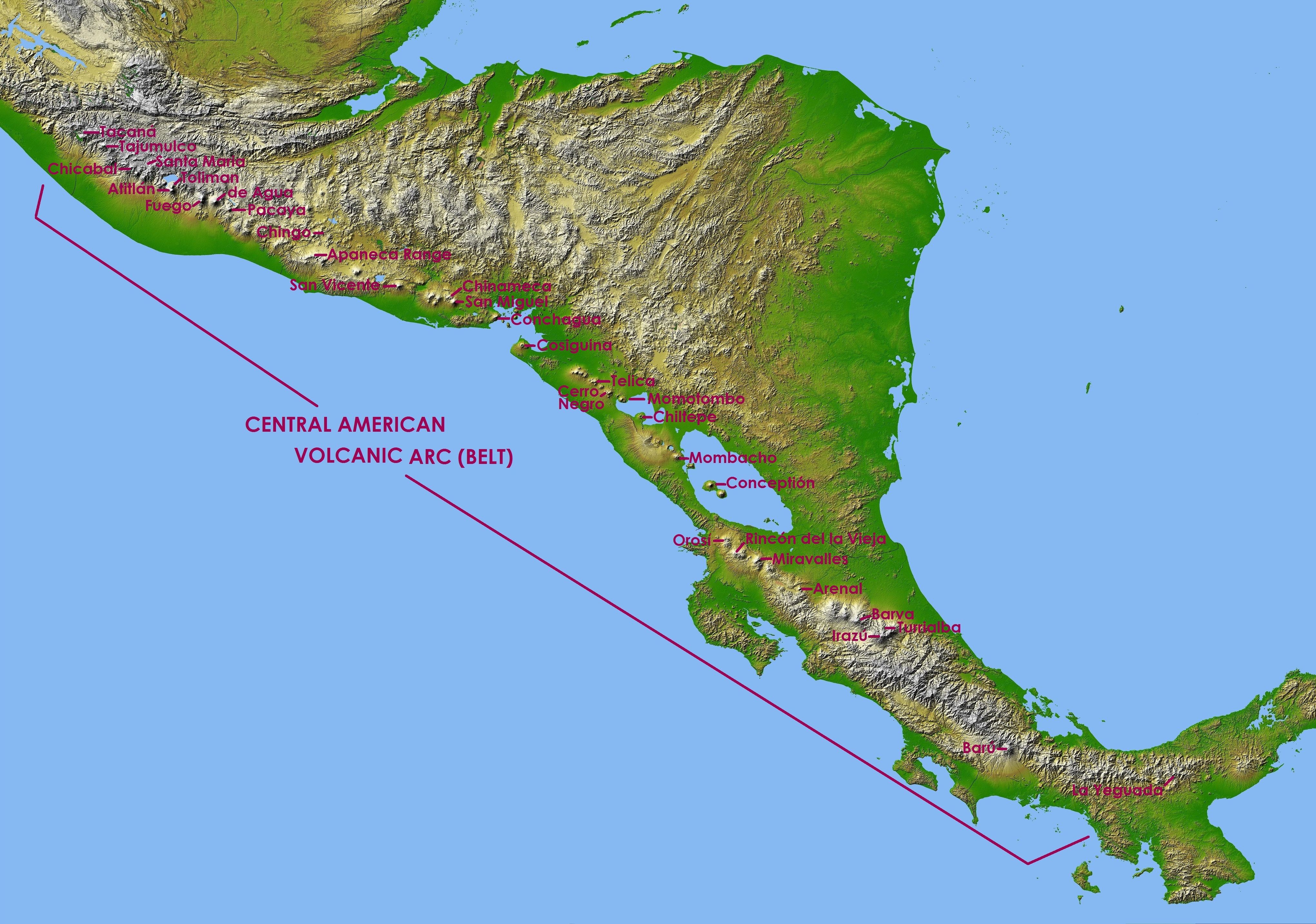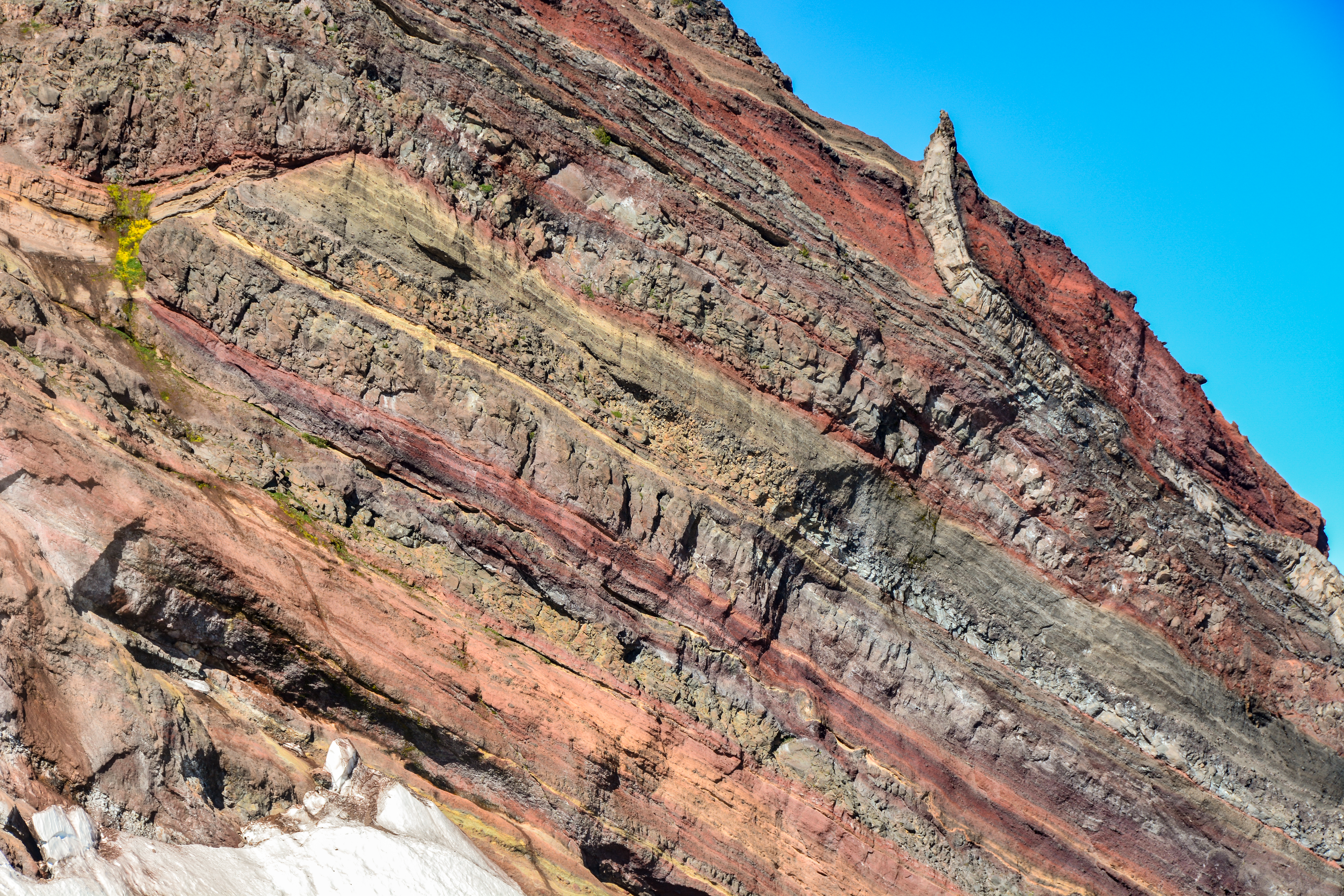|
Isla Zacate Grande
Isla Zacate Grande is a stratovolcano in Honduras. The volcano forms a island in the Gulf of Fonseca and has seven satellite cones, including Guegensi Island located from Zacate Grande. The island has seven of the 13 Aldeas (known as towns or neighborhoods) son of the city Amapala Amapala is a municipality in the Honduran department of Valle. It is formed by El Tigre Island and its satellite islets and rocks in the Gulf of Fonseca. It has an area of and a population of 2,482 as of the census of 2001 (of which 4 people .... These are subdivided into hamlets. References Stratovolcanoes of Honduras Zacate {{Honduras-geo-stub ... [...More Info...] [...Related Items...] OR: [Wikipedia] [Google] [Baidu] |
Gulf Of Fonseca
The Gulf of Fonseca ( es, Golfo de Fonseca; ), a part of the Pacific Ocean, is a gulf in Central America, bordering El Salvador, Honduras, and Nicaragua. History Fonseca Bay was discovered for Europeans in 1522 by Gil González de Ávila, and named by him after his patron, Archbishop Juan Fonseca, the implacable enemy of Columbus. In 1849, E. G. Squier negotiated a treaty for the United States to build a canal across Honduras from the Caribbean Sea to the Gulf. Frederick Chatfield, the British commander in Central America, was afraid the American presence in Honduras would destabilize the British Mosquito Coast, and sent his fleet to occupy El Tigre Island at the entrance to the Gulf. Shortly thereafter, however, Squier demanded the British leave, since he had anticipated the occupation and negotiated the island's temporary cession to the United States. Chatfield could only comply. All three countries—Honduras, El Salvador, and Nicaragua—with coastline along ... [...More Info...] [...Related Items...] OR: [Wikipedia] [Google] [Baidu] |
Honduras
Honduras, officially the Republic of Honduras, is a country in Central America. The republic of Honduras is bordered to the west by Guatemala, to the southwest by El Salvador, to the southeast by Nicaragua, to the south by the Pacific Ocean at the Gulf of Fonseca, and to the north by the Gulf of Honduras, a large inlet of the Caribbean Sea. Its capital and largest city is Tegucigalpa. Honduras was home to several important Mesoamerican cultures, most notably the Maya, before the Spanish Colonization in the sixteenth century. The Spanish introduced Catholicism and the now predominant Spanish language, along with numerous customs that have blended with the indigenous culture. Honduras became independent in 1821 and has since been a republic, although it has consistently endured much social strife and political instability, and remains one of the poorest countries in the Western Hemisphere. In 1960, the northern part of what was the Mosquito Coast was transferred from Nicara ... [...More Info...] [...Related Items...] OR: [Wikipedia] [Google] [Baidu] |
Central America Volcanic Arc
The Central American Volcanic Arc (often abbreviated to CAVA) is a chain of volcanoes which extends parallel to the Pacific coastline of the Central American Isthmus, from Mexico to Panama. This volcanic arc, which has a length of 1,100 kilometers (680 mi)Rose, W., Conway, F., Pullinger, C., Deino, A. and McIntosh, W., 1999. An improved age framework for late Quaternary silicic eruptions in northern Central America. ''Bulletin of Volcanology'', 61(1-2), pp.106-120. is formed by an active subduction zone, with the Cocos Plate subducting underneath the Caribbean Plate.Álvarez-Gómez, J., Meijer, P., Martínez-Díaz, J. and Capote, R., 2008. Constraints from finite element modeling on the active tectonics of northern Central America and the Middle America Trench. ''Tectonics'', 27(1) The region has been volcanically and geologically active for at least the past several million years. Numerous volcanoes are spread throughout various Central American countries; many have been active i ... [...More Info...] [...Related Items...] OR: [Wikipedia] [Google] [Baidu] |
Stratovolcano
A stratovolcano, also known as a composite volcano, is a conical volcano built up by many layers (strata) of hardened lava and tephra. Unlike shield volcanoes, stratovolcanoes are characterized by a steep profile with a summit crater and periodic intervals of explosive eruptions and effusive eruptions, although some have collapsed summit craters called calderas. The lava flowing from stratovolcanoes typically cools and hardens before spreading far, due to high viscosity. The magma forming this lava is often felsic, having high-to-intermediate levels of silica (as in rhyolite, dacite, or andesite), with lesser amounts of less-viscous mafic magma. Extensive felsic lava flows are uncommon, but have travelled as far as . Stratovolcanoes are sometimes called composite volcanoes because of their composite stratified structure, built up from sequential outpourings of erupted materials. They are among the most common types of volcanoes, in contrast to the less common shield volca ... [...More Info...] [...Related Items...] OR: [Wikipedia] [Google] [Baidu] |
Holocene
The Holocene ( ) is the current geological epoch. It began approximately 11,650 cal years Before Present (), after the Last Glacial Period, which concluded with the Holocene glacial retreat. The Holocene and the preceding Pleistocene together form the Quaternary period. The Holocene has been identified with the current warm period, known as MIS 1. It is considered by some to be an interglacial period within the Pleistocene Epoch, called the Flandrian interglacial.Oxford University Press – Why Geography Matters: More Than Ever (book) – "Holocene Humanity" section https://books.google.com/books?id=7P0_sWIcBNsC The Holocene corresponds with the rapid proliferation, growth and impacts of the human species worldwide, including all of its written history, technological revolutions, development of major civilizations, and overall significant transition towards urban living in the present. The human impact on modern-era Earth and its ecosystems may be considered of global si ... [...More Info...] [...Related Items...] OR: [Wikipedia] [Google] [Baidu] |
Stratovolcano
A stratovolcano, also known as a composite volcano, is a conical volcano built up by many layers (strata) of hardened lava and tephra. Unlike shield volcanoes, stratovolcanoes are characterized by a steep profile with a summit crater and periodic intervals of explosive eruptions and effusive eruptions, although some have collapsed summit craters called calderas. The lava flowing from stratovolcanoes typically cools and hardens before spreading far, due to high viscosity. The magma forming this lava is often felsic, having high-to-intermediate levels of silica (as in rhyolite, dacite, or andesite), with lesser amounts of less-viscous mafic magma. Extensive felsic lava flows are uncommon, but have travelled as far as . Stratovolcanoes are sometimes called composite volcanoes because of their composite stratified structure, built up from sequential outpourings of erupted materials. They are among the most common types of volcanoes, in contrast to the less common shield volca ... [...More Info...] [...Related Items...] OR: [Wikipedia] [Google] [Baidu] |
Amapala
Amapala is a municipality in the Honduran department of Valle. It is formed by El Tigre Island and its satellite islets and rocks in the Gulf of Fonseca. It has an area of and a population of 2,482 as of the census of 2001 (of which 4 people were living on Isla Comandante). Thanks to a natural deep channel, and despite lacking modern infrastructure, Amapala long served as the main Honduran port in the Pacific Ocean. History The name of the island on which Amapala is based is due to the fact that in the 16th century a group of pirates operated by the pirate Francis Drake operated on the island, he and his men were considered by the inhabitants of the area as wild and bloody beasts , so they called the island "Cerro de El Tigre". The name Amapala derives from Nahuatl and means "close to amates." However, there is another theory that states that it comes from the words "ama" (corn) and "palha" (hill) of the Goajiquiro dialect, and therefore would mean "hill of corn". Amapal ... [...More Info...] [...Related Items...] OR: [Wikipedia] [Google] [Baidu] |
Stratovolcanoes Of Honduras
A stratovolcano, also known as a composite volcano, is a conical volcano built up by many layers (strata) of hardened lava and tephra. Unlike shield volcanoes, stratovolcanoes are characterized by a steep profile with a summit crater and periodic intervals of explosive eruptions and effusive eruptions, although some have collapsed summit craters called calderas. The lava flowing from stratovolcanoes typically cools and hardens before spreading far, due to high viscosity. The magma forming this lava is often felsic, having high-to-intermediate levels of silica (as in rhyolite, dacite, or andesite), with lesser amounts of less-viscous mafic magma. Extensive felsic lava flows are uncommon, but have travelled as far as . Stratovolcanoes are sometimes called composite volcanoes because of their composite stratified structure, built up from sequential outpourings of erupted materials. They are among the most common types of volcanoes, in contrast to the less common shield volcanoes. ... [...More Info...] [...Related Items...] OR: [Wikipedia] [Google] [Baidu] |




